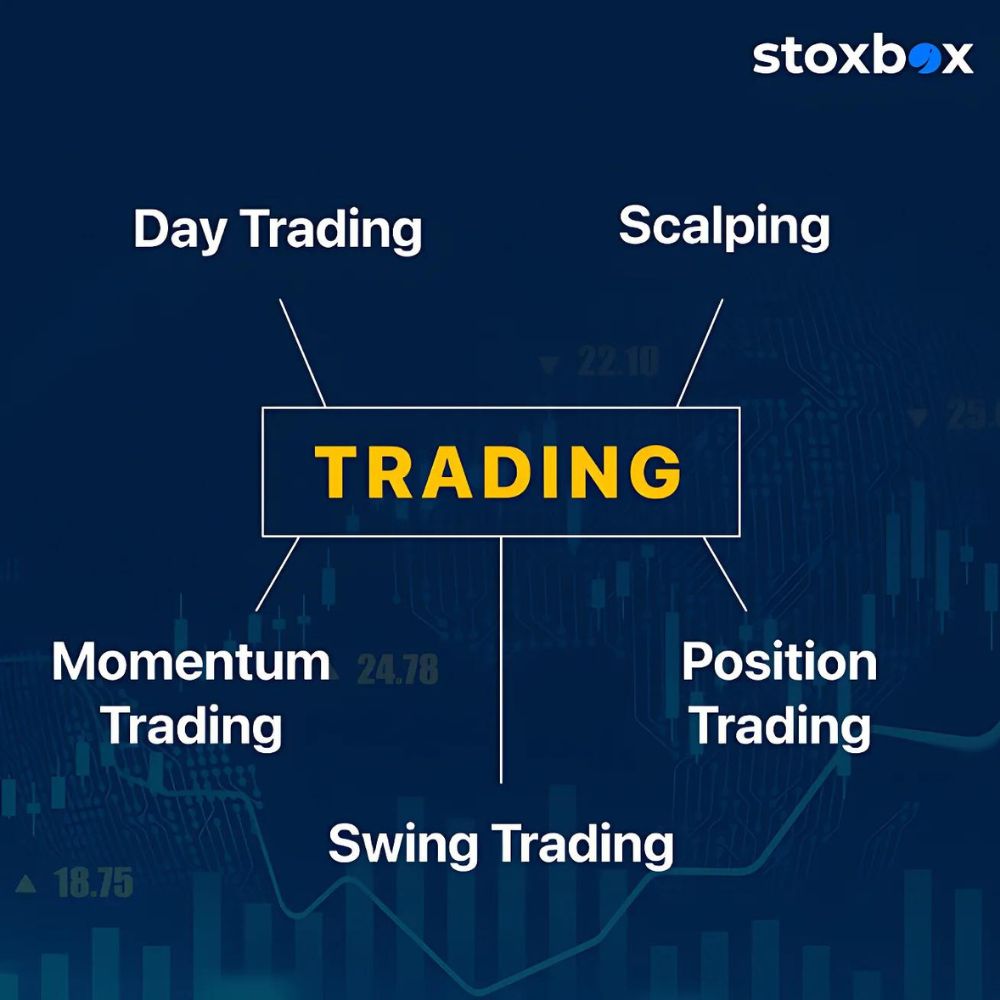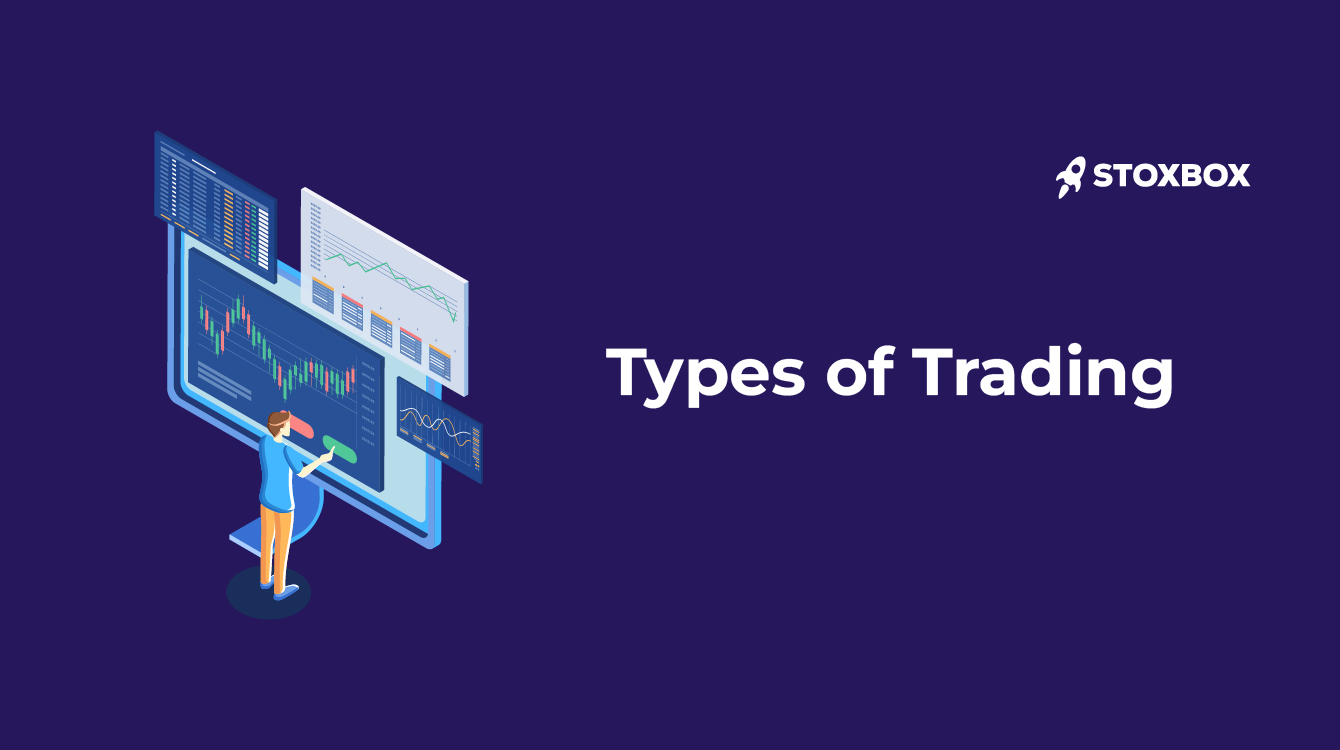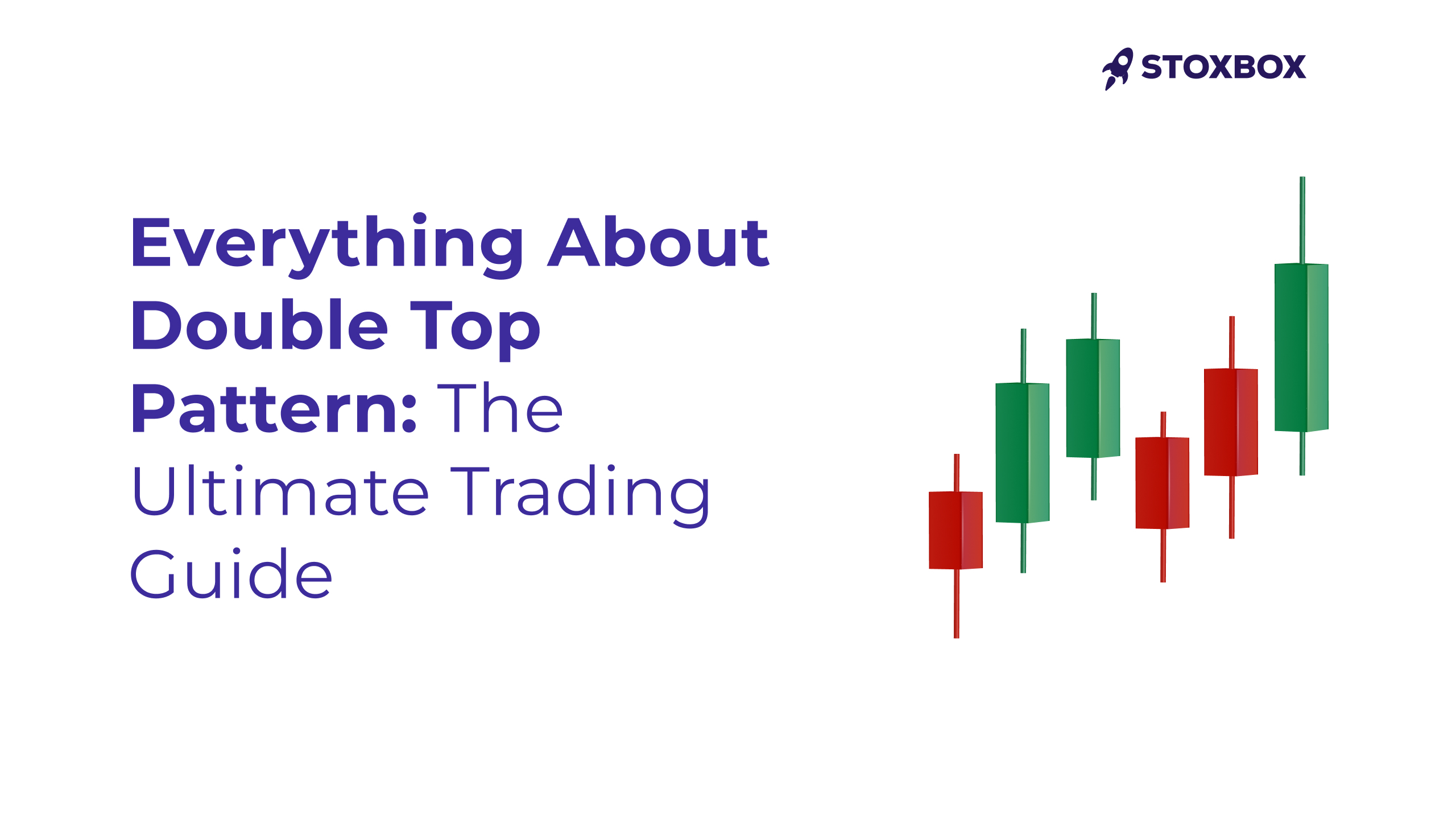Introduction to Trading
Trading is essentially buying and selling of a particular security in order to make out of it. Now trading has become far more convenient and easily accessible due to establishment of online trading. The trading in asset class like Commodities, Currency, Equity has improved significant than before due to which the participants in Financial markets has increased and will keep increases as the days passes by. Trading only take placed when entities agrees upon a particular price to buy and sell of the particular security. The law of Supply and Demand applies in the financial world. The price increases as demand surges, similarly price decreases as supply increases. There are different types of trading involved in financial markets and we shall discuss the same going ahead. The trading depends on the individual personality which suits the needs.
Types of Trading

Day Trading
Day trading can also called as intraday trading. As the same suggests Day trading involves purchasing and selling stocks on the same day. A trader mainly purchases for a few hours or minutes to take advantage of price movement in order to generate a small profit out of it. Day trading requires a good understanding of price movements and quick decision taking ability. The biggest advantage of Day trading is it avoids overnight risk.
Scalping
Scalping is also called as Micro Trading. Scaling and Day trading both includes in intraday trading. Scalping generally means taking smaller profits and loss with taking dozens of trades repeatedly. In scalping, the profit and loss margin is smaller compared to Day trading. In scalping, a trader must have ability to exit at small loss or to build exit strategy because failing to do so will eliminate all its gains. Scalping provides more liquidity in the market than day trading or any other trading styles.
Momentum trading
In momentum trading a trader identify a stock that has witness price breakout on charts and which will lead to scale higher or lower quickly in a short span of time. Generally, the momentum trader focuses on such stocks are which in Rising or falling with supportive volumes and with speed. The time interval in momentum includes several hours to days. In Momentum trading, the risk and reward are quite higher compared to Scalping and day trading.
Swing trading
This style of trading includes capturing the short term trend. Swing traders mainly use technical analysis to gauge the short term trend and to select the stocks. Generally, a time interval for swing trading is three to seven days. Swing traders focuses more on price action and ignore fundamentals, as the time frame is approximate a week or so.
Position Trading
Positional traders stay in trader for many weeks to months. Position trading can be considered as long term trading approach where trader focus is to capitalize the primary trend which likely to stay and grow in coming months. Positional traders don’t trade frequently and give times for the trend to mature. Positional traders are not much concerned with short term gyrations. Position trading style includes the trader who is not much active in markets but wants to invest in good companies in long term with an aim to grow its capital.
Your Wealth-Building Journey Starts Here

You might also Like.
Double Top Pattern: The Ultimate Trading Guide
Have you ever witnessed a promising uptrend reverse on you...


